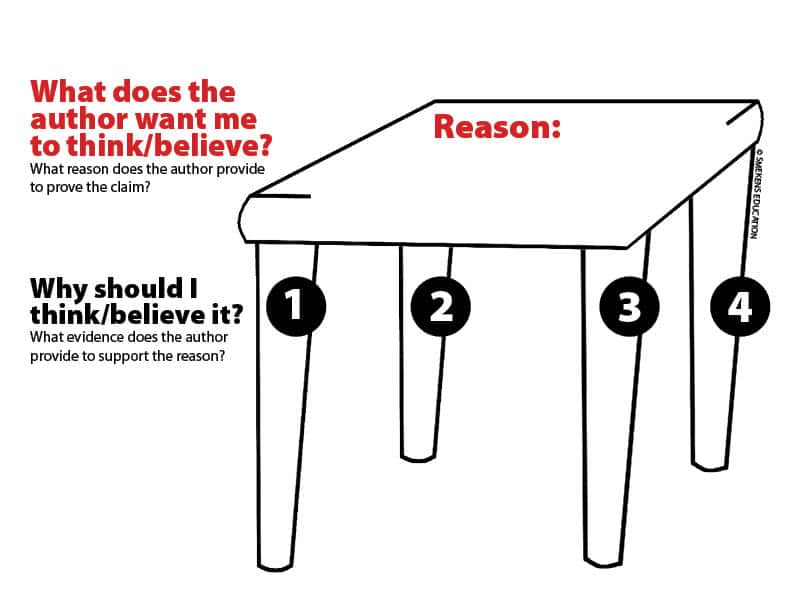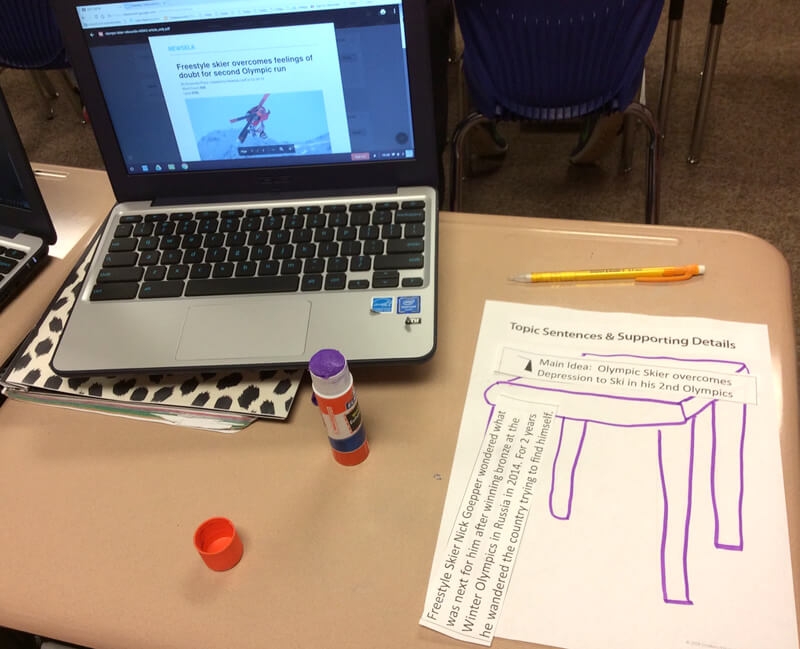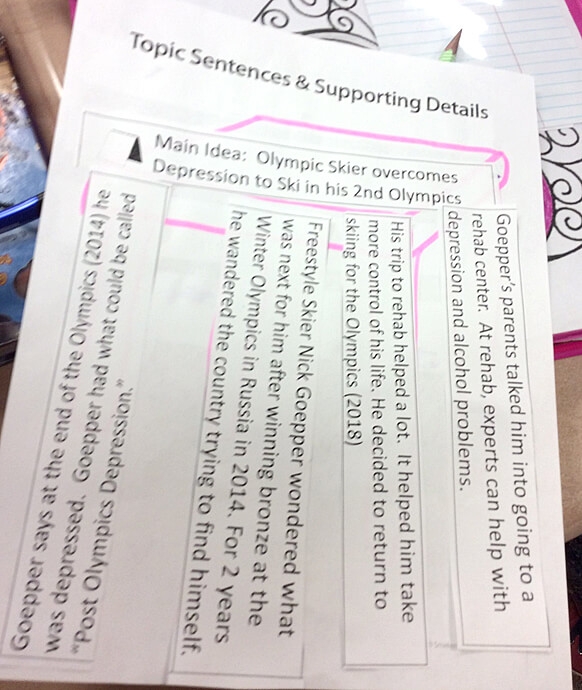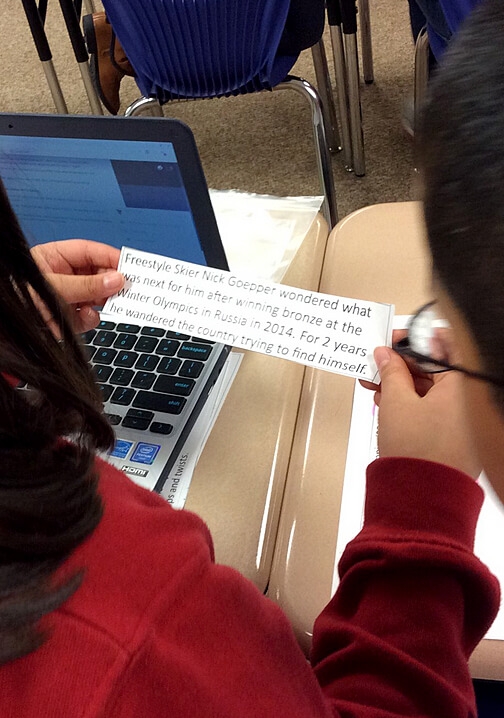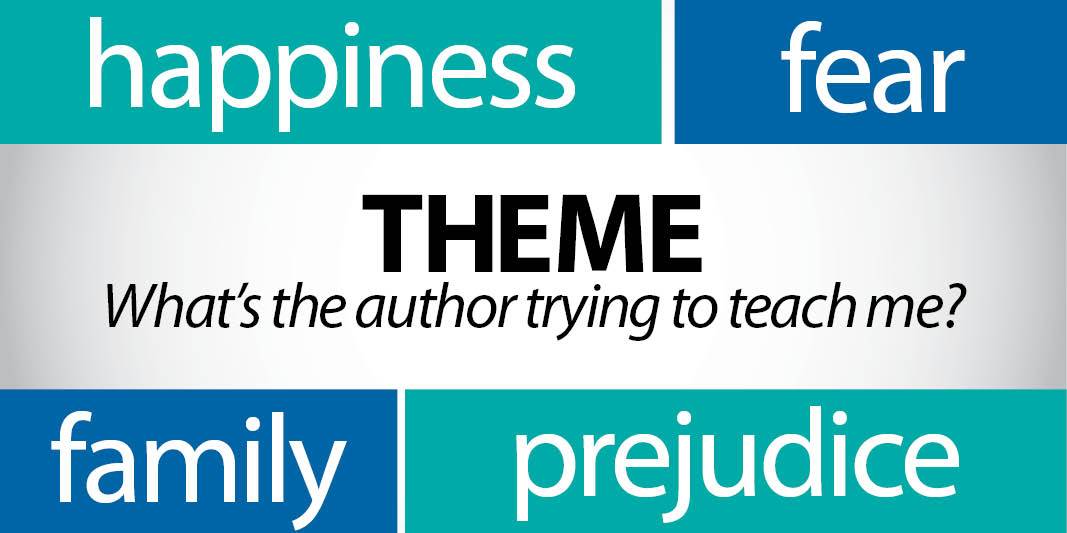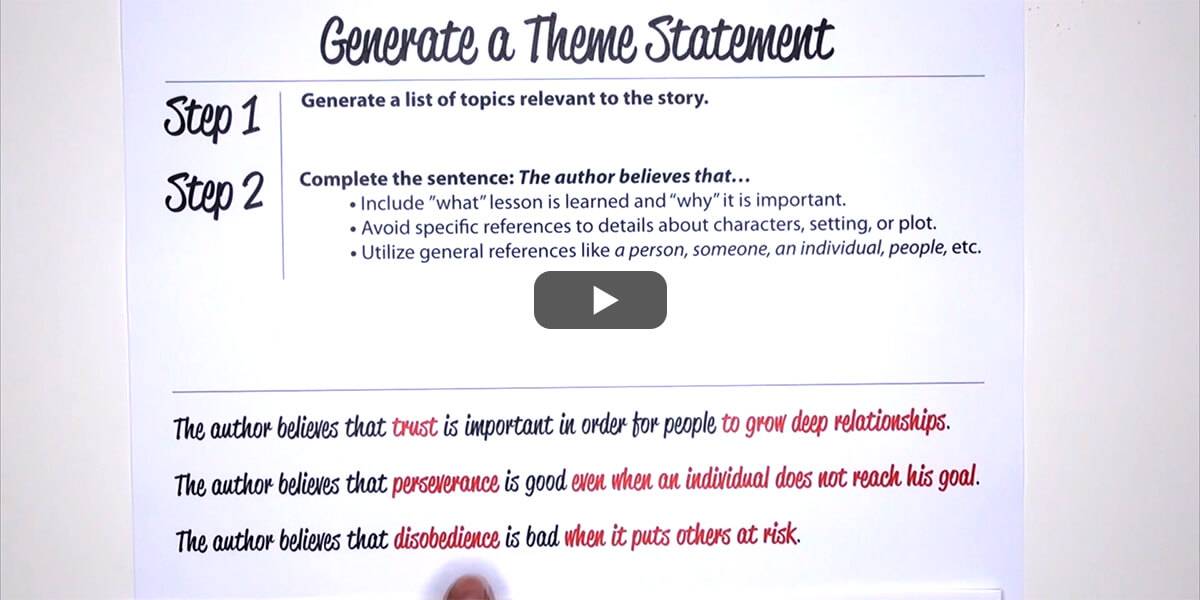Learning Center
reading
Identify and evaluate an author’s ideas
September 22, 2015
Many students are under the impression when reading informational text that all the ideas and information presented must be true. Wrong! A lot of informational texts are based on an author’s ideas, beliefs, or opinions.
Authors of informational text present their ideas and support them with specific reasons and evidence to convince the reader. But, readers also question the author’s reasoning. Readers should not assume that everything in an informational text is true.
This is very similar to what teachers tell students about reading text online. “Just because it’s on the Internet, doesn’t mean it’s true.” Just because it’s labeled “informational text” doesn’t mean that readers have to agree with it or find it to be true or just.
This is the heart of Common Core Reading Standard 8 (and Indiana Nonfiction Reading Standard 4.1).
- CCSS CCR.R.8 Delineate and evaluate the argument and specific claims in a text, including the validity of the reasoning as well as the relevance and sufficiency of the evidence.
- IAS NF.4.1 Build understanding of nonfiction texts by evaluating specific claims and synthesizing and connecting ideas.
Start instruction with a visual trigger
Using the little plastic “table” found in a pizza box, explain its purpose, to hold up the lid. In the same way, this visual reminds students that each main idea (table top) requires supporting details and evidence (table legs).
Students should be able to infer the table top, the author’s main idea, his central idea, what he wants his readers to believe. In addition, students should also be able to identify the table legs, the author’s reasons and evidence that support his belief.
Reveal the table top
After providing students with the pizza-box table trigger, they need to practice this skill. Begin a text and tell students the author’s main idea. Tell students, This is what the author wants you to believe. Then, ask students to identify the supporting details provided within the text to prove that his idea/information is true. How does the author help us believe his statement? This allows students to focus on one aspect of this standard (the table legs), rather than both (table top and table legs).
Continue at this rate for a while, but eventually, you’ll want to have students providing both the author’s main idea (table top) and how he proves it to be true (table legs).
Delineate evidence per main idea
As students read more complex texts, some of those texts include multiple main or central ideas. For these more complex texts, use a handout that includes multiple table tops. Students have to identify each central idea presented and the relevant evidence that supports each one.
This requires students to delineate which details and evidence go with each main idea. It’s not just a matter of plucking details from the text. They have to pull the right “table legs” to support a particular “table top.”
Judge the author’s argument
Ultimately, older students must also be able to evaluate the informational text. They have to go beyond just identifying central ideas and corresponding evidence. They have to judge the quality of the author’s idea. Is the supporting evidence strong enough to hold up the author’s main idea or belief? That requires higher-level thinking.
Bridget Longmeier*, former Literacy Coach for Brown Elementary (Seymour, IN), used an article from Newsela on Olympic skier Nick Goepper to help her third grade students discern between supporting details and minor details. She used Smekens Education’s Table Top and Legs graphic organizer to show how supporting details hold up the main idea.
The article deals with the Olympian’s struggles after appearing in his first Olympics in 2014. It ends on a positive note about how after undergoing rehab, he returned to skiing to win silver in the 2018 Olympics. Bridget checked with the guidance counselor at her school to be sure the content was appropriate and was encouraged to include it in the lesson because of its positive outcome and message.
*Bridget currently serves as Smekens Education Remote Coach.


